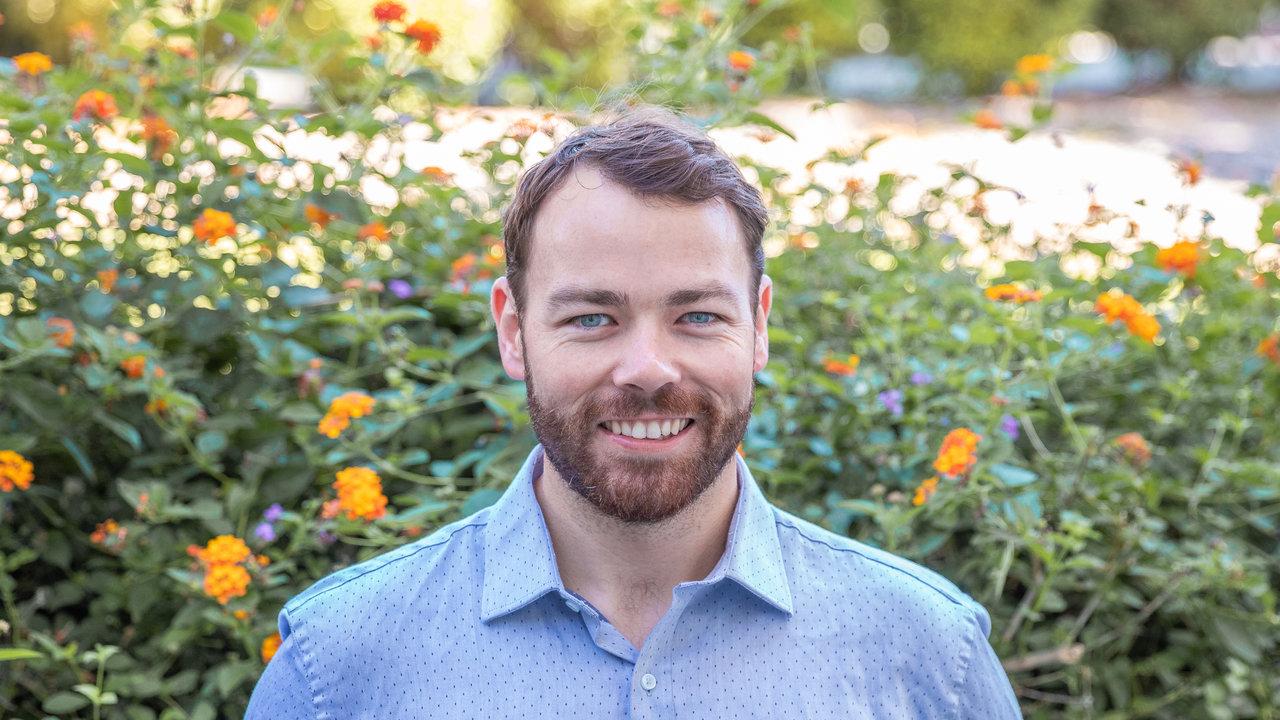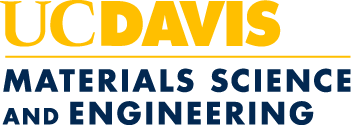
Scott McCormack: Developing Materials for Space Exploration
Outer space is an incredibly hazardous environment, as conditions range from extreme heat and cold, high levels of radiation and an abundance of plasma. To new materials science and engineering assistant professor Scott J. McCormack, this is a challenge in designing, discovering and developing new materials that can withstand these extreme conditions and keep people safe as they explore the solar system.
“We’re trying to make the materials that can be used for the next generation of spacecraft,” he said. “We’re focusing on finding new material systems that can help the mechanical engineer and the aerospace engineer develop new systems that make getting into space easier.”
Developing and Discovering New Materials
McCormack plans to work on four fundamental research themes in his lab: materials synthesis, crystallography, calorimetry and computation. His lab will first synthesize new complex oxides, carbides and nitrides—the best materials for high-temperatures —then examine them using crystallography and calorimetry to better understand their properties.
Crystallography gives the team a material’s structure while calorimetry tells them if the structure can exist in the first place and if so, how stable it will be. They will then test the design using computational models to develop a better understanding of the material systems.
“If you don’t know the structure, you don’t know where the atoms are, which makes it very difficult to understand the fundamental properties,” he said. “If you don’t have the fundamental properties, you can’t start designing things with them. It’s really hard to try and build something that’s safe when you don’t know when it’s going to fail.”
Since the lab will work with low technology-readiness-level (TRL) materials, some systems may not find applications right away. The most applicable ones will be sent to mechanical and aerospace engineers who can use them to build technology for space exploration, such as spacecraft, satellites and even human habitats.
Though McCormack’s research to-date has focused on materials under extreme temperatures, he hopes to branch out to design materials suited for high pressure, radiation and plasma environments that exist in space. The lab also plans to synthesize and test new materials discovered in deep space that could help keep astronauts safe in environments not found on earth.
“It’s sort of a feedback loop,” he explained. “We design materials to explore space to find more conditions, and then examine materials in those conditions, to see if they can be used to design new materials that we can then use on earth, or to explore even further.”
Following a Childhood Dream
McCormack grew up in a small fishing village on the far south coast of Australia, where his high school dream of working for NASA seemed far-fetched to some of his teachers. However, he kept this dream alive as he got older.
“I strove to study high-temperature materials because I knew that would have an application for space exploration, simply because rockets have jet engines that need those materials,” he said.
He received his B.Eng. with first class honors in materials engineering at the University of Wollongong in Australia, and his Ph.D. in materials science and engineering at the University of Illinois, Urbana-Champaign. He signed his offer letter at UC Davis just weeks after successfully defending his dissertation.
He’s excited to join the university and take advantage of the Peter A. Rock Thermochemistry Lab. As a faculty associate, he will be able to use all of the lab’s equipment, including its many calorimeters, which he will use to study the energetics of his materials he hopes will one day be implemented in spacecraft.
“Space is the next frontier,” he said. “I feel like we’re getting to the stage now where we can actually go and explore these other planets and our solar system and possibly even further. I think the main limitation to all of that is the materials that we can use.”
When not in the lab or the classroom, McCormack enjoys going to the gym and is a former fitness class instructor. He’s also a dog lover and is excited to adopt a puppy once he settles in.
Learn more about McCormack and his research at mccormacklab.engineering.ucdavis.edu.
